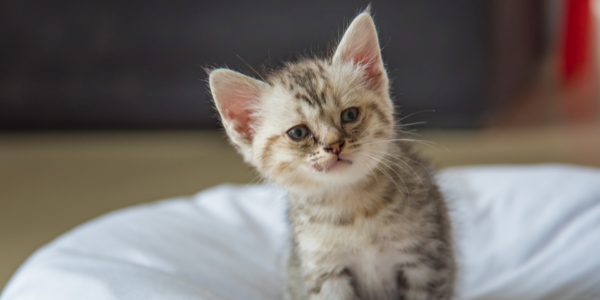When asked about the F3 feline vaccination, most owners are aware that it provides protection against two of the common causes of cat flu — feline herpesvirus and calicivirus. But what’s the third component?
Here’s the low-down on feline panleucopaenia (FPL), the feline version of parvovirus and the “third Hemsworth brother” component of the F3 vaccine.
What is FPL?
FPL is a virus from the parvovirus family. It is spread through contact with an infected cat’s faeces, urine, or other bodily fluids, either directly or through contaminated surfaces such as bedding or bowls.
Like canine parvovirus, FPL is highly contagious and is a very tough type of virus, requiring strong disinfectants to kill it.
What symptoms does FPL cause?
FPL virus weakens the immune system and can damage the gut. This means that affected pets may show symptoms such as:
- Lethargy
- Vomiting
- Diarrhoea, which may be bloody
- Fever
- Neurological signs such as wobbliness
- Signs of other infectious diseases, such as cat flu
Kittens are at the highest risk of severe illness from the FPL virus and can, unfortunately, die suddenly before showing any other symptoms.
Can FPL disease be treated?
Because it is a virus, there is no specific treatment for FPL. Instead, ill pets generally require support with fluid therapy to prevent dehydration, as well as management of other symptoms such as nausea. They may also need antibiotics for secondary infections that have developed whilst their immune system is weakened.
How can pets be protected against FPL?
The good news? The F3 vaccination stimulates pets to develop strong protective immunity against FPL. Kittens are usually vaccinated at 6-8 weeks old, 10-12 weeks old, and around 16 weeks old. They should then receive regular boosters thereafter, every one to three years, depending on the vaccine used and the pet’s lifestyle.
For more information on protecting your cat from common contagious illnesses, contact our infection-informed team!

